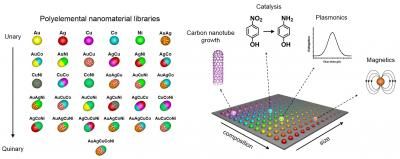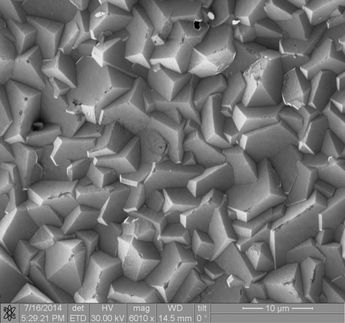Checking people at airports with terahertz radiation
PTB succeeds in absolute measurement of terahertz radiation
Within the last few years the number of transport checks – above all at airports – has been increased considerably. A worthwhile effort as, after all, it concerns the protection of passengers. Possibilities for new and safe methods of transport checks are offered by terahertz radiation. Before this radiation can be used for this purpose, however, it has to be measured quantitatively, so that damage to health caused by radiation can be ruled out. The exact measurement of this type of radiation has now been successfully undertaken by the Physikalisch-Technische Bundesanstalt (PTB), the German national metrology institute, for the first time.
Radiation in the THz range penetrates clothing and many other organic materials and furthermore offers spectroscopic information on safety-relevant materials such as explosives and pharmacological substances. The broad spectrum of the possible applications extends from security check to the investigation of the spatial and/or time structure of the electron packages in the storage rings for synchrotron radiation production and in free-electron lasers, for which the receivers of the German Electron Synchrotron DESY characterized here are used.
The complete information on the THz spectra can only be determined with detectors of known spectral responsivity. Up to now, the integral responsivity of the respective detectors and their spectral distribution are still largely unknown. The PTB has now for the first time determined the spectral responsivities of two THz detectors in the wavelength range from 50 µm to 600 µm with the aid of cavity radiators.
In order to make available spectral radiation fluxes in the THz range, calculable according to Planck's radiation law, the PTB uses two THz cavity radiators at different temperatures in connection with THz band and longwave-pass filters. The interior surfaces of the radiators are provided with a special coating which possesses a known and high emissivity also in the THz range and thus enables the calculability of the radiation incident on the detector. In order to obtain a sufficiently spectral purity of the THz radiation, a suppression of the infrared radiation of more than nine orders of magnitude is necessary.
By using an FT-IR spectrometer, the transmittance for all filter combinations used was accurately determined in the wavelength range from 0.8 µm to 1700 µm. Due to the calculable radiation of the cavity radiators and the known transmittance of the filters, it is possible to accurately determine the spectral radiation fluxes and thus determine the spectral absolute responsivities of THz receivers for the first time. Such absolutely characterized receivers will in future be utilized, e.g., both at the Metrology Light Source of the PTB to investigate the THz radiation produced there and in the investigation of the effect of THz radiation on the biological cell cycle.
Topics
Organizations
Other news from the department science
These products might interest you
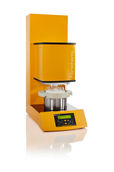
FIBRETHERM by C. Gerhardt
Automatic Fibre Extraction for Feed Analysis
FIBRETHERM from C. Gerhardt: Efficient – Precise – Method-Compliant
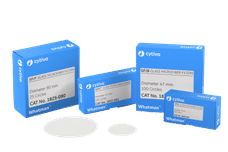
Glass and quartz microfiber filter by Cytiva
Request a glass microfiber sample pack to meet your battery development needs
Delivering efficient and consistent results
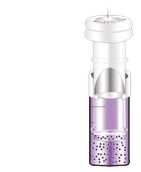
Mini-UniPrep™ by Cytiva
Improved HPLC Sample Preparation
Save 66 % sample preparation time and reduce costs by 40 %
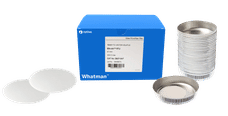
GF/C and 934-AH RTU (Environmental) by Cytiva
Meet wastewater regulations with the right filter
Streamline lab operations and ensure high-quality results

VICI Jour Katalog 15INT by VICI
The VICI Jour Catalog - Accessories for (U)HPLC and Liquid Handling
Capillaries, Tubing, Fittings, Filters, Safety-Products, Tools and much more

Hahnemühle LifeScience Catalogue Industry & Laboratory by Hahnemühle
Wide variety of Filter Papers for all Laboratory and Industrial Applications
Filtration Solutions in the Life Sciences, Chemical and Pharmaceutical Sectors

Whatman filtration product guide by Cytiva
New filtration catalog - a wealth of information on 286 pages
Discover the perfect filters for your laboratory application

Get the chemical industry in your inbox
By submitting this form you agree that LUMITOS AG will send you the newsletter(s) selected above by email. Your data will not be passed on to third parties. Your data will be stored and processed in accordance with our data protection regulations. LUMITOS may contact you by email for the purpose of advertising or market and opinion surveys. You can revoke your consent at any time without giving reasons to LUMITOS AG, Ernst-Augustin-Str. 2, 12489 Berlin, Germany or by e-mail at revoke@lumitos.com with effect for the future. In addition, each email contains a link to unsubscribe from the corresponding newsletter.
Most read news
More news from our other portals
Last viewed contents

Insights Into the Metabolism of Plastic-Eating Bacteria - Researchers have shown for the first time how bacteria break down common plastic coatings
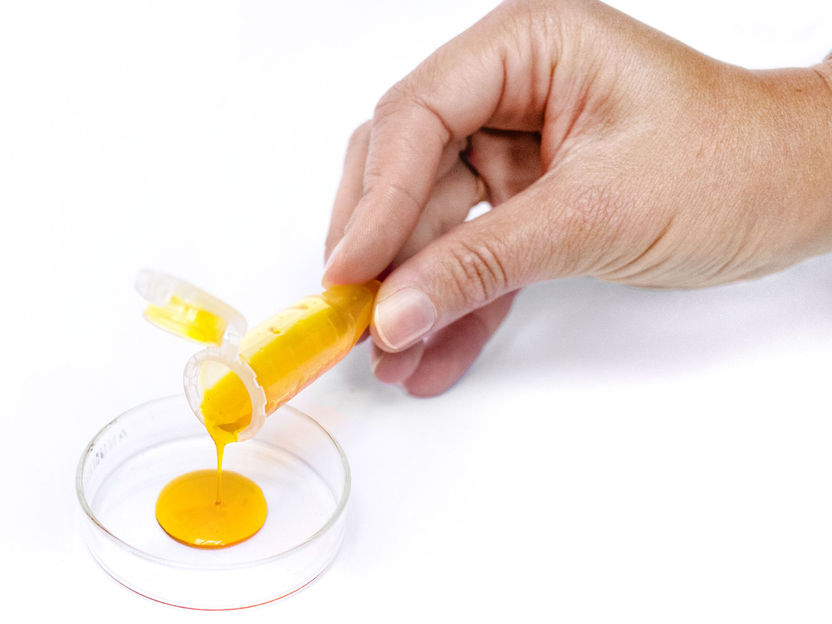
Holistically sustainable alternative for plastics and bioplastics - Seed financing round for female-founded circular bioeconomy startup traceless materials
